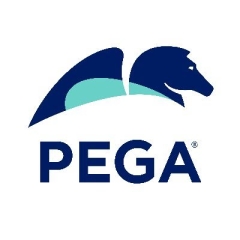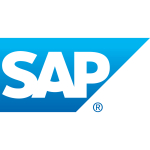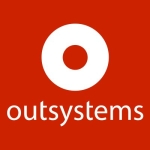What is our primary use case?
If you search on Google, basically you will see a lot of use cases that you can implement. Wherever you have a kind of automation, a case management, a kind of logic, a kind of an exhaustive process flow where a particular task will flow from one group to another. In all those situations, Pega can be a very good fit. Nowadays, Pega provides machine learning, automation intelligence, DevOps, et cetera. Whatever is as per market standard, those are there in Pega.
Pega has lots of industry solutions as well which are targeted for specific industries such as financial, healthcare, or insurance. The product helps you to build faster.
Pega is a niche product and any workflow management kind of use case, or maybe automation kind of use case can be implemented using Pega. The only thing that you need, is the right skillset. Pega is a very customizable product. You need to know the product very well to implement it to a proper standard.
Pega has been on the market for quite a long time. I'm working with Pega for the last 15 years and they always have a lot of new features.
How has it helped my organization?
The way it is adapting to new changes is quite useful. The way it is changing itself to survive in the industry with other BPM tools and being competitive every time.
With Pega you can deliver some things pretty quickly. You can deliver a prototype for what Pega calls a Minimum Viable Product or Minimum Lovable Project, MLP, very, very fast.
What is most valuable?
The solution is stable.
You can scale the solution if you size it right at the outset.
It's very customizable.
You can use it for many industries.
There are lots of very useful features. They're constantly adding more items to the product.
There are lots of great automation and machine learning aspects.
What needs improvement?
The initial setup can take a while. You need to have the right people in place to handle it effectively.
It can be pretty expensive and is better for larger enterprises.
For how long have I used the solution?
I've been working with Pega probably for the last 15 years.
What do I think about the stability of the solution?
What do I think about the scalability of the solution?
The scalability is pretty good. Whenever we work in Pega, we propose this product to any customer based on their needs, how many tech resources they have, how many concurrent resources there will be, what their daily inbound volume is, et cetera. Based on that, we get the hardware sizing from Pega. If you do the right kind of estimation and start with the proper infrastructure, you will be able to basically ensure robustness, high availability, almost zero downtime, and everything can be shipped.
How are customer service and support?
Pega tech support is there technically and they do help us a lot. In the recent past, we have seen a little bit of trouble here and there, where tech support is taking a long time to fix some issues. Usually, if we route Pega with proper channels, then we can manage good support.
They have a good tech support process and they also provide a good academy resource. Someone new to Pega can get a lot of documentation and material to learn the product.
Which solution did I use previously and why did I switch?
I am from a Pega background and I do not know much about other competitive products in the market, so my feedback or whatever I'm giving, that is maybe a bit biased as I have been working with Pega only.
How was the initial setup?
The initial setup takes time. You have to gather people with the right skills. If you have that then it won't take that much time at all. Basically, the main selling point of Pega is it can reduce your entire timeline drastically. The constraint is you need to have the right kind of people.
Pega is a huge tool, and honestly speaking, nowadays, there are a lot of sections in Pega where there is no single user who knows the entire feature set. It's a big and complicated product. You need to have the right blend of team members to set up, to have an easy initial setup. In those instances, it might take six to eight weeks. After that, I have seen people delivering some base prototypes and a walking model in a few weeks.
What about the implementation team?
We help our clients set up the solution.
Nowadays, standard open affairs configuration is there. If you ask me how much time it'll take to build it, it's maybe a few hours or maybe two to three days. When we talk about the entire project, we need to take care of a lot of things, not just the build part. Usually, there are integrations necessary and we have to have a lot of testing in place to manage different combinations, load testing, performance testing, and security testing. Most of the time clients ask for all these things. That adds to the setup timeline, however, the build is not included in that constantly changing time.
What's my experience with pricing, setup cost, and licensing?
This is something every enterprise has to handle separately with Pega. As a vendor, we are not supposed to comment on pricing.
What other advice do I have?
We use both cloud and on-premises deployments. In earlier days, Pega used to support only on-premises. Nowadays, it's supporting the cloud as well.
I definitely do recommend the product. Pega is a competitive product if it's not a small enterprise. Small companies usually avoid this product as there are a lot of open source products that are less costly there in the market.
Based on the features I can recommend it.
I'd rate the solution nine out of ten.
Which deployment model are you using for this solution?
Public Cloud
Disclosure: My company does not have a business relationship with this vendor other than being a customer.






















